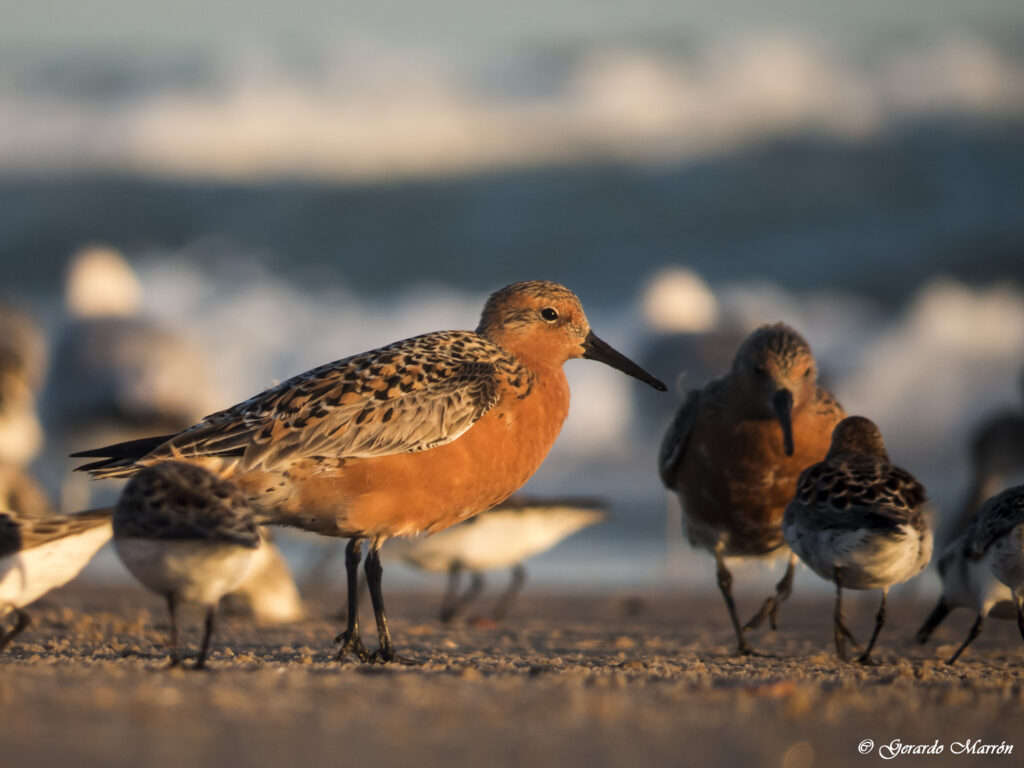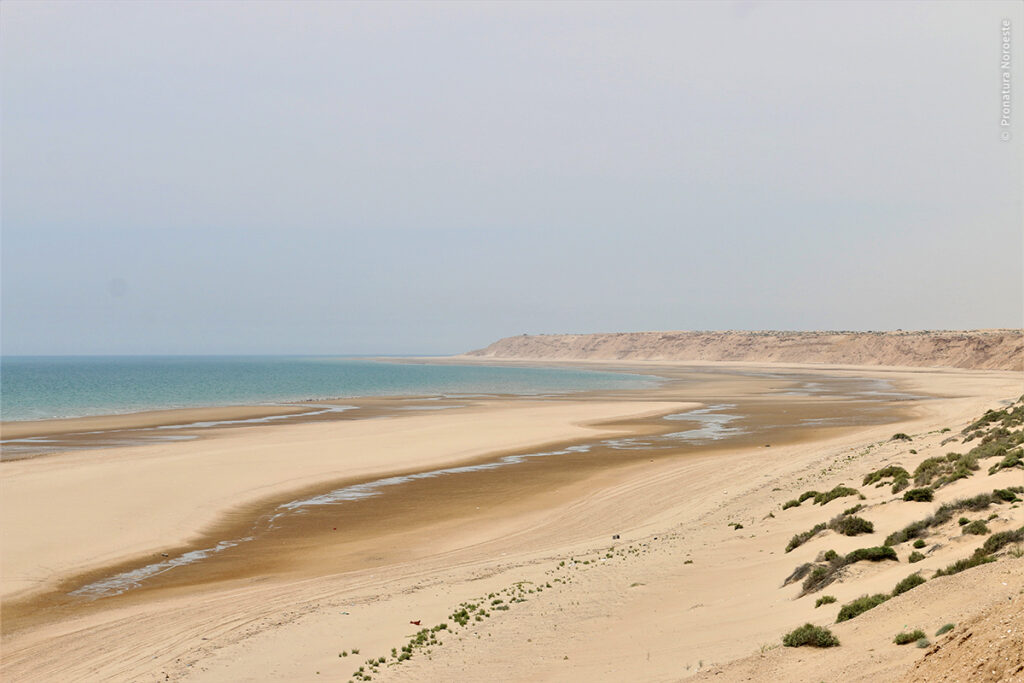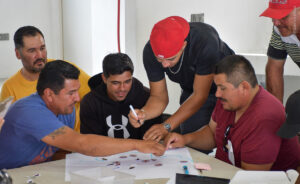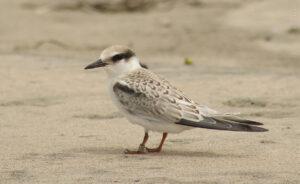The Upper Gulf of California and Colorado River Delta Biosphere Reserve is one of the largest and most challenging protected areas in northwestern Mexico. With more than 930,000 hectares, it is located in the northern part of the Gulf of California.
The biological and ecological value of the Upper Gulf of California is internationally recognized for the diversity of its ecosystems, biological richness and for including breeding grounds for multiple terrestrial, coastal, and marine species. Many species live there permanently or temporarily, including some that are endangered or under special protection according to Mexican Standard NOM-059.
Among them are cetaceans such as the Fin Whale (Balaenoptera physalus), the Blue Whale (Balaenoptera musculus) and the Humpback Whale (Megaptera novaeangliae), as well as the Commerson’s Dolphin (Tursiops truncatus), the Common Dolphin (Delphinus spp) and the Sea Lion (Zalophus californianus). Some of the emblematic fish of the area are the Chupalodo (Gillichthys seta) and the Desert Pupfish (Cyprinodon macularius), as well as endangered sea turtles, such as the Green Turtle (Chelonia mydas) and the Olive Ridley Turtle (Lepidochelys olivacea).

Our work in the Upper Gulf, as in the entire Mexican Pacific Northwest, focuses on promoting sustainable fishing. Conservation actions include technical advice to producers and fishermen, orientation to tourists, and management with local, state and federal authorities. Of course, we also do educational work with students and teachers from the Upper Gulf through workshops, courses and didactic material.
Pronatura Noroeste also carries out conservation projects in the Upper Gulf of California to improve the fishery for the Silver Curvina (Cynoscion parvipinnis), the Yellow Curvina (Cynoscion xanthulus) and the Northern Chano (Micropogonias megalops), important resources in the states of Sonora, Baja California, Baja California Sur and Sinaloa.
In addition, over the last decade we have collaborated with other organizations in species monitoring and efforts to eradicate ghost fishing. In 2013 we carried out an evaluation on the performance and catch efficiency of longlines as a sustainable alternative to fishing gear in the Upper Gulf.
Undoubtedly, the conservation efforts to prevent the extinction of the Vaquita porpoise (Phocoena sinus) is a sensitive conservation issue in the Upper Gulf of California. This cetacean, considered the smallest in the world, is “critically endangered” according to the International Union for Conservation of Nature (IUCN). Their greatest threat is the high level of mortality caused by entanglement in the fishing nets of the Totoaba (Totoaba macdonaldi), also considered endangered and protected by the Mexican Official Standard NOM-059-SEMARNAT-2010. Totoaba are currently not allowed to be caught and are considered illegal.
Although the solution to the Vaquita problem is complex and multifactorial, one of the actions we carry out is to promote that, on a voluntary basis, fishermen stop using gillnets and adopt the use of hand lines and hooks. This generates an incentive for other fishermen to participate in the conservation process. This intense work is carried out in coordination with Pesca ABC and The Whale Museum, with whom we are currently carrying out the Fishery Improvement Project (FIP) for silver and yellow curvinas, as well as the northern Chano in the Upper Gulf.
This FIP aims to have this fishery recognized as sustainable and environmentally clean, with the use of fishing lines and hooks. The project also seeks to improve the marketing conditions of fish production, so that more and more fishermen achieve a change of practices in our region.
Join our conservation work in the Upper Gulf of California, an area of enormous wealth in ecosystems and wildlife.

















